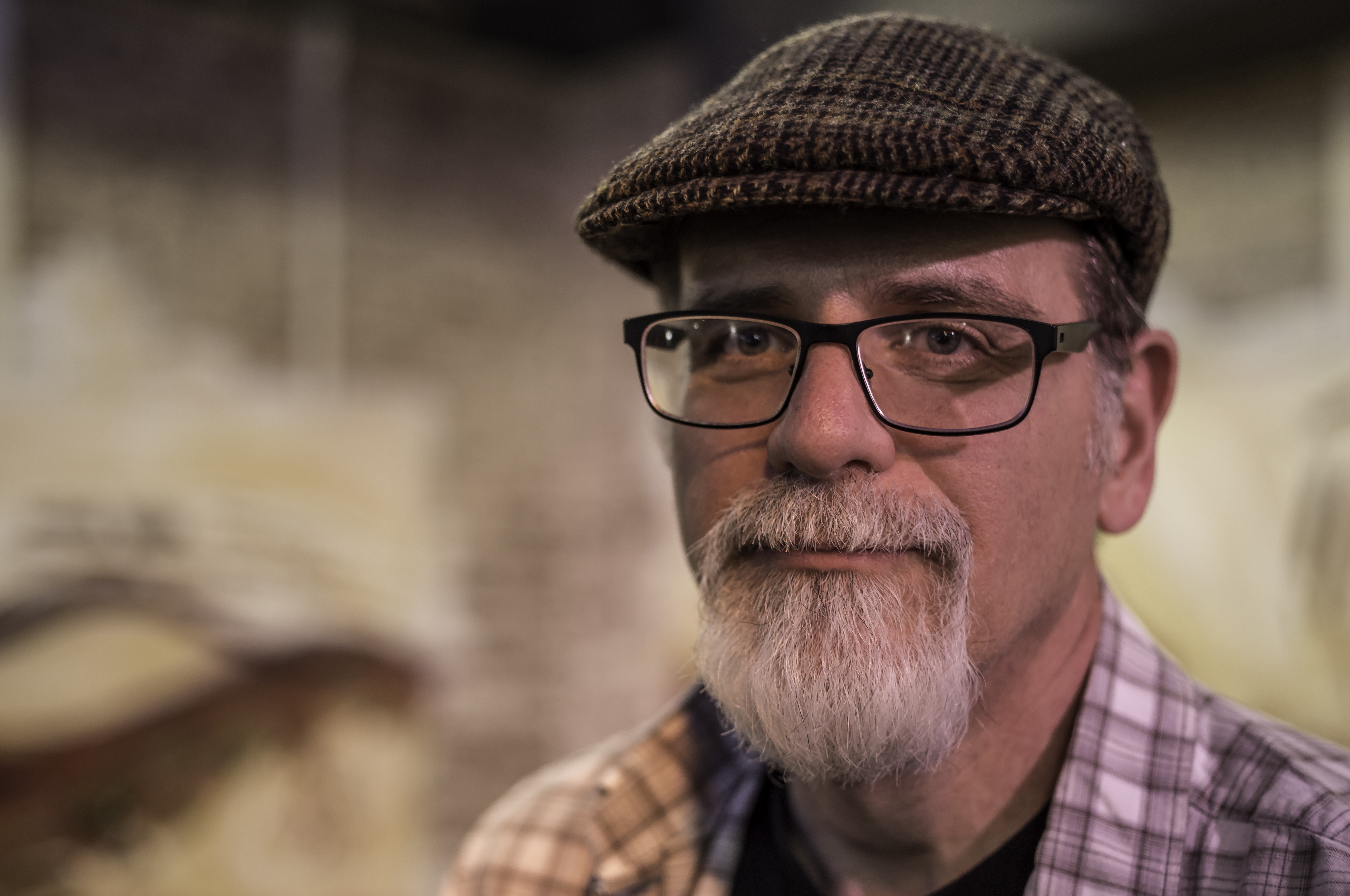A Wrinkle in Time
Rescuing humanity
A Wrinkle in Time, based on the novel by Madeline L’Engle, starts in familiar territory: an adolescent girl, who misses her absent father, has become the target of bullies. Absorbed by her pain, she is an easy target for those gathering like moths to the light around someone who appears weaker than they are. Meg Murray (Storm Reid), formerly an outstanding student, is reduced to confiding in her younger brother, Charles Wallace (Deric McCabe).
Charles Wallace, embracing his oddness, is fully open to the seemingly absurd. He introduces Meg to Mrs. Whatsit (Reese Witherspoon), who reveals the possibility that Mr. Murray is still alive. He was exploring tesseracts, which open the universe to exploration, when he disappeared. When Mrs. Who (Mindy Kaling) and Mrs. Which (Oprah Winfrey) join them, it becomes clear that Meg has been chosen by the universe to rescue her father, and by extension all of humanity. Charles Wallace, despite his intelligence, does not have the wisdom to withstand the powers of the evil force and ends up equally trapped.
Ava DuVernay, the film’s director, or perhaps Disney, chose a humanistic approach to Wrinkle by diminishing the Christian spirituality of L’Engle’s book. This postmodern approach becomes one of several hurdles that must be overcome with a story where supernatural beings show up to call a young girl to overcome bullying putdowns, racism, and self-doubt—and then undertake a quest to find her lost father. Where are these beings from? Sorry, that information must be vague in a film that promotes self-actualization. Equally confusing is the powerful evil force, The It, controlling people by turning them into automatons flowing in unison as they play on the beach or life beyond their manicured lawns. It is hard to break the hold of evil when it becomes as undefined as the air we breathe.
If I had a young daughter, I would take her to see this story. Meg takes risks for her family, especially for Charles Wallace. She grabs on to love and hope rather than giving in to the darkness. She chooses her “flaws” over the idealized self that is presented as an option. Ironically, this idealized self means changing her looks, including straightened hair so she becomes more like the white part of her biracial identity. She learns that parents can fail even when they love you. All of this is better than the princesses that are often offered by Disney.
The film is not just about finding yourself, but about finding a cultural imagination for stories and ideas of alternative solutions.
One weakness of the film suggests that once you accept yourself for who you are, the problems of life will be solved. Unfortunately, in real life your father may still be lost and the bullies may still show up at school. The film underplays the opportunity to demonstrate that Meg’s science knowledge combined with her stubborn love and growing wisdom trumps this form of evil.
The cast is wonderful, with a mix of strong women, and offers a vision of a multicultural society. I can’t say it offers much in terms of male characters, although it exposes the way Meg’s identified problems would be more acceptable if she were male.
DuVernay occasionally loses track of where she is going in the candy store of special effects. As a reader of the book, my sense is that the story has always been more about the characters than about seeing this visual overload, which seems to slow the story rather than get to the emotional core. Critics of the film have piled on with their comments about the overuse of CGI. I wonder, though, if like those trapped by The It, we have lost the ability to imagine an alternative to the brave fighter waging war. Many critics ignore the lack of plot and character in films that use the “force” to win the battle with an evil power. A Wrinkle in Time attempts to go beyond that paradigm of how to defeat evil, but we have so little visual language in our cultural vocabulary. I would argue it is not just about finding yourself, but about finding a cultural imagination for stories and ideas of alternative solutions. Indeed, this may require us to go through a wrinkle.
A Wrinkle in Time is not a great film, but it points forward to a time when it isn’t unusual for an African American woman to direct a high-budget Disney film. I look forward to the next films from DuVernay and Storm Reid.




